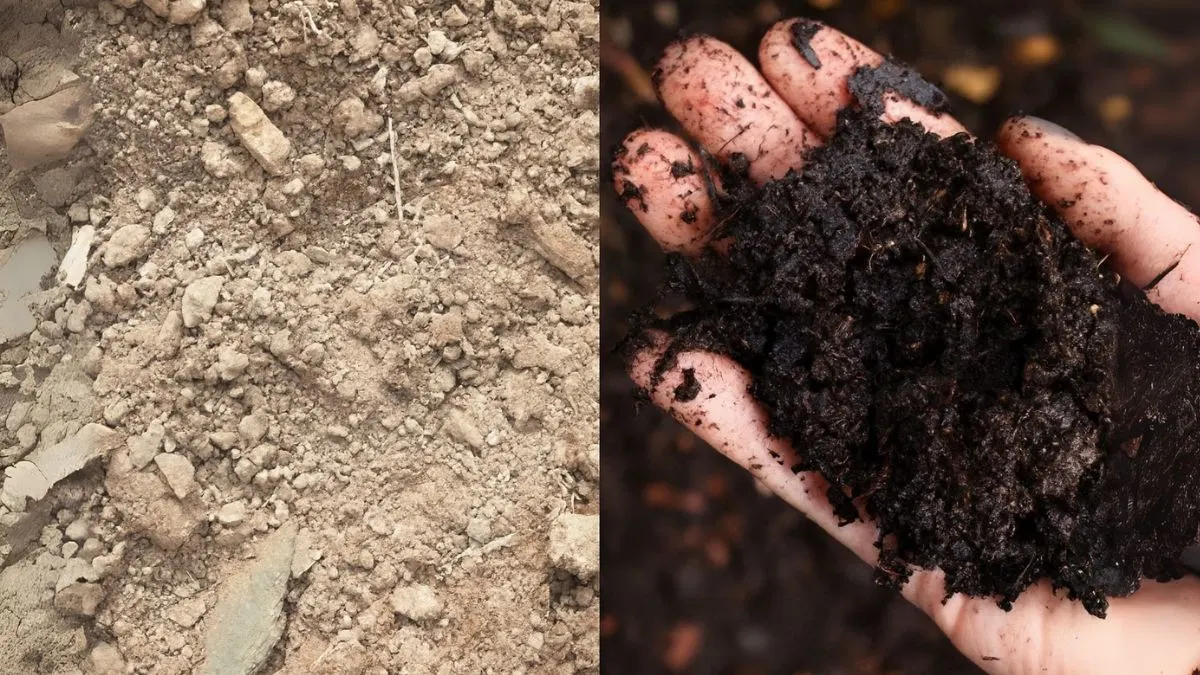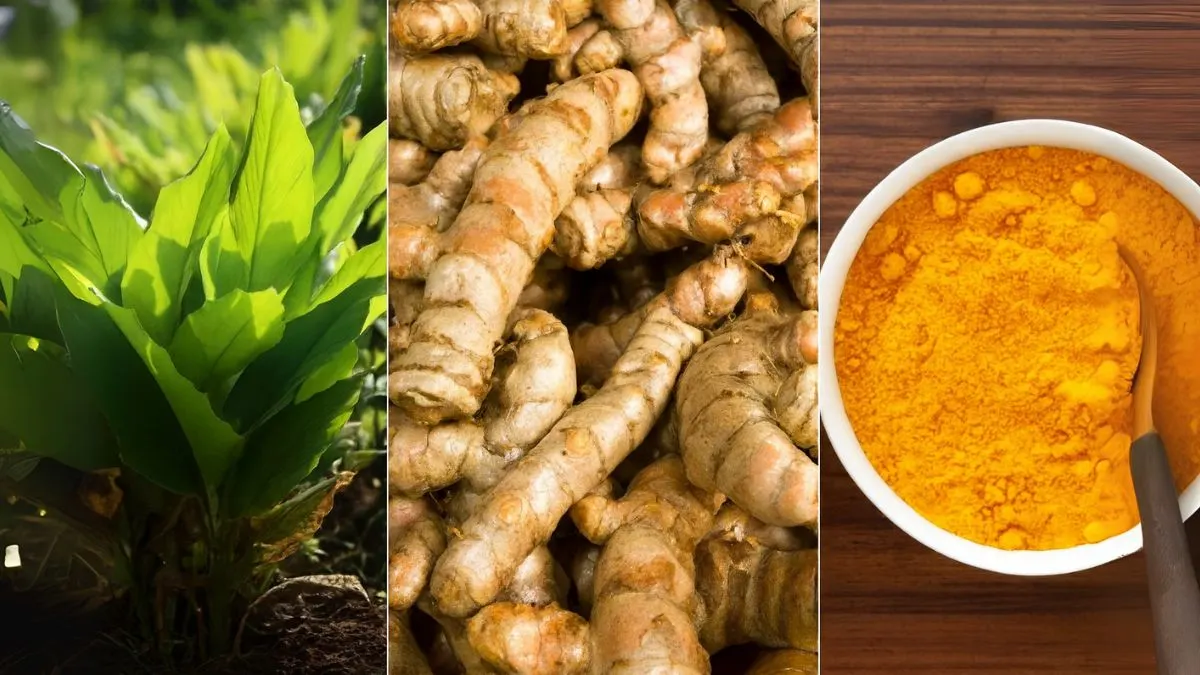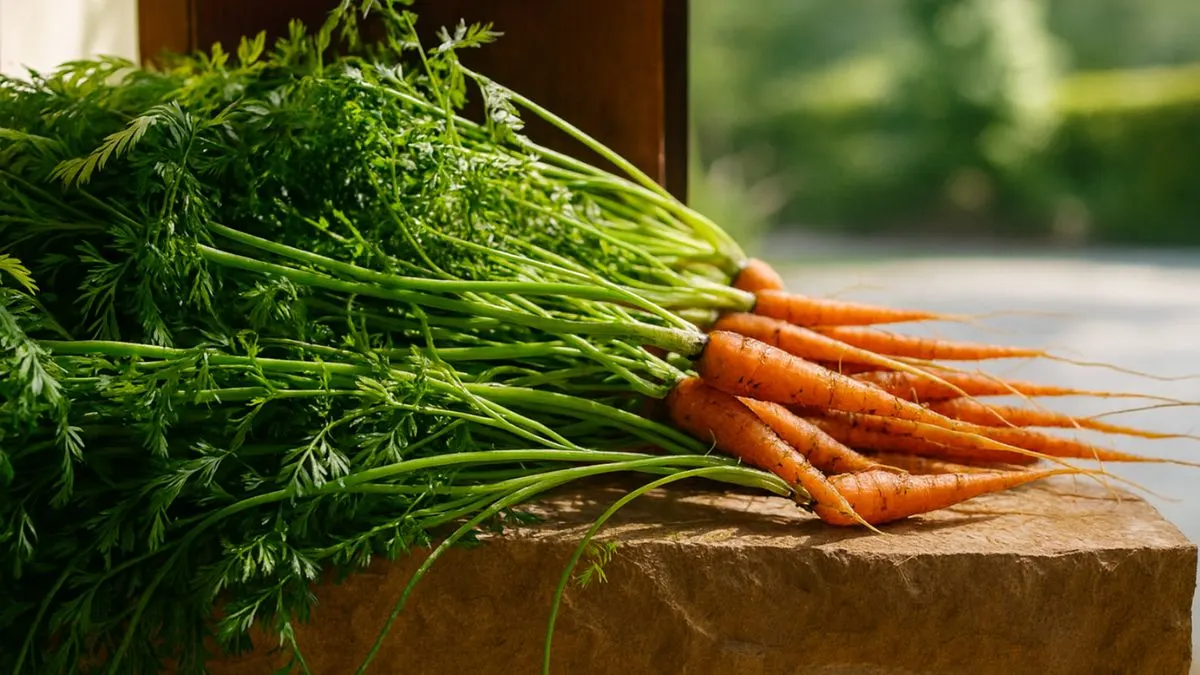Lovage is one of those old-fashioned herbs that has quietly fallen off the radar for most home gardeners. But if you’ve ever tasted it, you’ll wonder why it’s not as popular as basil or parsley. With its celery-like flavor and hints of anise, lovage can elevate soups, salads, and stews in a way that feels both fresh and nostalgic.
When I first planted lovage in my backyard in Toronto, I was surprised at how little attention it needed. One spring sowing, and I had fragrant green stalks for years.
Where and How to Grow Lovage
The first step to success is choosing the right location. You can grow lovage in full sun to part shade depending on your climate. In cooler regions like coastal Canada or northern U.S. states, lovage prefers full sun in cool climates and partial shade where summers are hot.
One thing’s for sure — in full sun the plants will grow tall and impressive, sometimes reaching up to 6 feet. If your garden gets scorching summer afternoons, a little afternoon shade will keep the leaves from wilting.
Soil and Water Needs
Lovage is a low-maintenance herb that thrives in sunny, well-draining conditions. That means you should avoid planting it in soggy soil or areas prone to waterlogging. A loamy soil enriched with compost works best. Once established, lovage is fairly drought-tolerant, though regular watering during dry spells will keep the leaves lush.

Planting from Seed
If you’re starting from scratch, grow lovage from seed in spring after the danger of frost has passed. The seeds can be slow to germinate — usually taking 2–3 weeks — so be patient. Sow them directly into your garden or in pots, spacing them about 18–24 inches apart to give them room to grow.
For urban gardeners, lovage grows well in large containers as long as the pot is deep enough to accommodate its long taproot.
Also Read: 5 Permanent Crops to Plant This Spring for Harvests That Last a Lifetime
Lovage Through the Seasons
One of the joys of growing lovage is that it’s perennial in many regions. Once you plant it, you’ll have a steady supply year after year.
| Season | Lovage Care |
| Spring | Sow seeds, water regularly, and thin seedlings. |
| Summer | Harvest leaves often to encourage growth; provide shade in extreme heat. |
| Fall | Continue harvesting until frost; mulch the base for winter protection. |
| Winter | In cold climates, the top will die back, but roots will regrow in spring. |
Harvesting and Storing Lovage
You can start picking leaves once the plant is about 12 inches tall. Young leaves are the most tender, perfect for fresh use in salads. Stems can be chopped into soups, and even the seeds are edible, adding a savory twist to breads.
When it comes to storage, the easiest way to store lovage is in the fridge wrapped in a damp paper towel inside a plastic bag. It will keep fresh for up to a week. For long-term use, you can also freeze chopped leaves in ice cube trays with a bit of water or broth.
Culinary Uses for Lovage
Lovage is incredibly versatile in the kitchen. The leaves can be used in place of celery in soups and stews, while the stalks are great for flavoring stocks. The seeds have a slightly nutty taste and can be used as a spice.
One of my favorite recipes is a potato-lovage soup. The herb’s flavor blends beautifully with the creaminess of the potatoes, creating a comforting dish perfect for Canadian winters.
Also Read: Container Gardening Secrets for Endless Baby Cucumber Harvests
Why Lovage is Worth Growing
Unlike trendy herbs that require constant fussing, lovage is the set-it-and-forget-it type. It offers height and greenery to your garden, attracts pollinators, and adds a unique flavor to your cooking.
If you love herbs that thrive in sunny, well-draining conditions, look beautiful in full sun, and reward you for years without replanting, lovage is for you.
Lovage might be “the forgotten herb,” but it’s one that deserves a comeback. From its bold flavor to its easy-care nature, it’s a plant that delivers. Remember, grow lovage in full sun to part shade, give it room, and enjoy how in full sun the plants will grow tall and impressive. Whether you grow lovage from seed in spring or buy a young plant, you’ll soon discover why gardeners in Canada, the USA, and around the world are rediscovering this gem.



